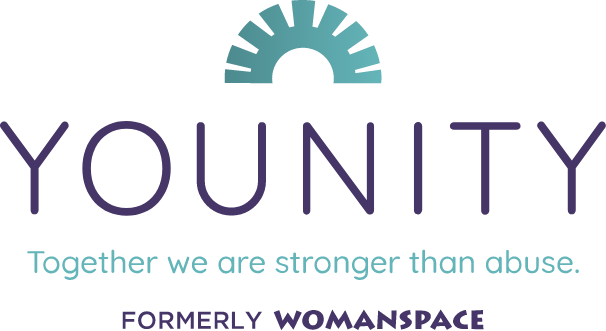Learn About Abuse
Defining Abuse
Defining Abuse & Assault: Power and Control
Over the years, the definition of abuse has evolved to encompass more than just physical harm. Abuse today is understood as any behavior aimed at exerting power and control over another person, affecting individuals from all backgrounds—regardless of gender, sexual orientation, race, religion, or economic status.
Different Types of Abuse
Understanding the different types of abuse is essential to recognizing harmful behavior in relationships. Each one is designed to exert power and control over the victim. Below are some of the most common methods used to manipulate and harm, whether physically, emotionally, or psychologically:
- Financial Abuse: Controlling or limiting access to financial resources.
- Emotional Abuse: Manipulating emotions to instill fear or insecurity.
- Psychological Abuse: Intimidation or threats that cause mental distress.
- Physical Abuse: Using physical force to harm or intimidate.
- Sexual Abuse: Non-consensual sexual behavior or coercion.
- Minimizing, Denying, and Blaming: Dismissing abuse or blaming the victim.
- Destruction of Property/Pets: Hurting animals or destroying belongings to exert control.
Abuse often leaves victims feeling isolated and confused. Recognizing the various ways it can manifest is the first step toward identifying unhealthy patterns in relationships. No matter what form it takes, abuse is never the fault of the victim.


Sexual assault is any non-consensual sexual act or behavior. It shares many similarities with domestic violence, rooted in power and control to humiliate and dominate the victim. Sexual assault can take many forms, from harassment to rape, and includes any form of unwanted sexual contact, whether physical or verbal.
Remember:
- “No” always means no.
- Silence, uncertainty, or incapacitation does not equal consent.
- Approximately 66% of rape victims know their assailant.
- Victims of sexual assault often experience physical pain, fear, guilt, and shame, all of which are normal responses.
If you are sexually assaulted:
- Go to a safe place.
- Avoid bathing or changing clothes to preserve evidence.
- Seek immediate medical attention.
For 24/7 sexual assault support, call Younity at 609-394-9000
Stalking
Stalking is a pattern of repeated, unwanted attention, harassment, or contact that causes fear or concern for your safety. It can include following you, sending messages, or monitoring your activities online or in person. Stalking is not just about one incident—it’s about ongoing behavior that makes you feel unsafe over time. In New Jersey, stalking is illegal, and victims can seek legal protections such as restraining orders to help ensure their safety.
Safety Tips:
- Keep a phone nearby with emergency contacts saved.
- Avoid engaging with the stalker and try to vary your routines.
- Let trusted friends, family, or neighbors know what’s happening.
For support and help with developing a domestic violence abuse safety plan, call Younity at 609-394-9000.
Human Trafficking
Human trafficking is a form of modern-day slavery, where people are exploited for labor or commercial sex through force, fraud, or coercion. Human trafficking is a severe violation of human rights and is considered a crime under U.S. and international law. It’s important to understand that trafficking does not always involve transportation across borders—victims can be exploited within their own communities.
Key Points:
- Sex Trafficking: Involves commercial sex acts induced by force, fraud, coercion, or when the person is under the age of 18.
- Labor Trafficking: Involves forcing people to work under conditions of involuntary servitude or debt bondage.
- Victims: Can be men, women, or children from any socioeconomic background.
- Traffickers: Operate in various ways, from individuals to organized criminal networks.
Myths and Misconceptions:
- Trafficking does not require crossing borders.
- Physical force is not always used—coercion, fraud, or manipulation can be just as powerful.
- Consent is irrelevant when coercion is involved.
If you suspect someone is a victim of trafficking, or if you need help, contact Younity at 609-394-9000 for support and resources.

